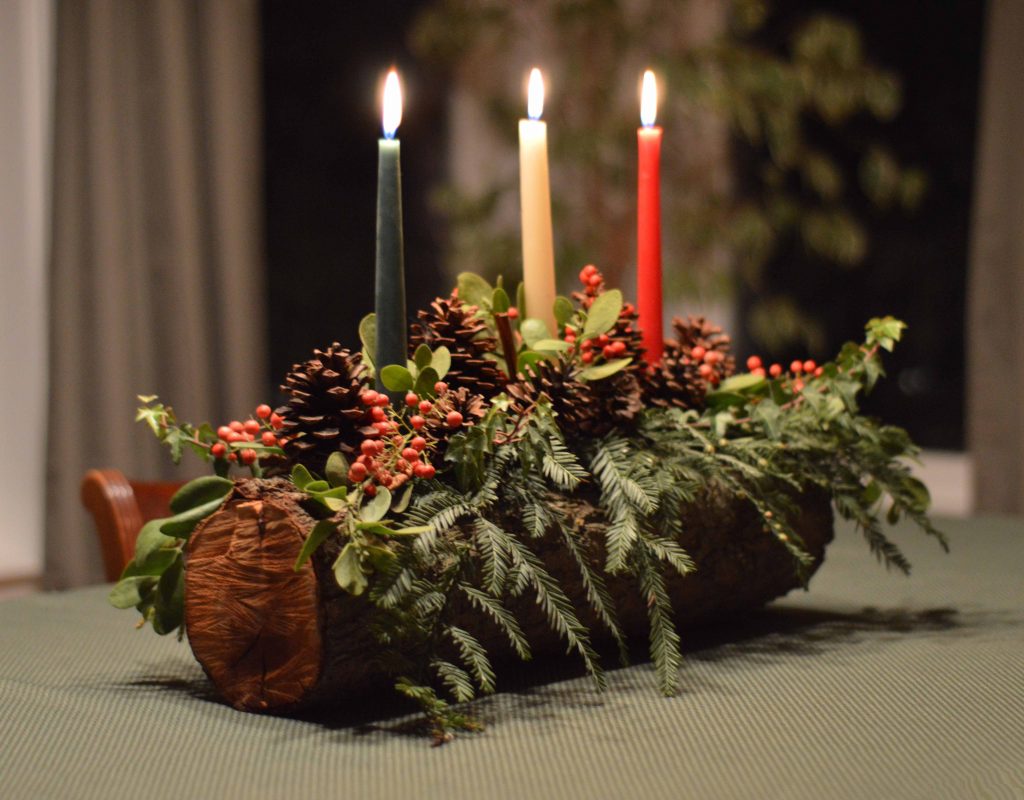
PHOTO: understandingthepath.com
During the Christmas Season, we hear a lot about “Yuletide” in Christmas songs everywhere, but where does this word come from. Is it simply another word for Christmas, or something more?
Ancient Yuletide

PHOTO: youtube.com
Thousands of years ago, Yuletide had nothing to do with Christmas. Instead, it referred to a holiday celebrated by historical Germanic peoples. It comes from the Old English term, ġéol, and the Norse term, jól. In Norse poetry, the term seems to refer to a feast.
Yule, or jól, was a midwinter festival celebrated by Germanic peoples, and it fell sometime in between mid-November and early January, probably sometime around Winter Solstice.
During Yule, a sacrifice would be made, and the blood would be smeared on idols. The meat from the sacrificed animals would be cooked and served at a banquet. Fires were lit, and toasts were drunk to Odin, Njord, and Freyr for victory in battle and good harvests. A log would be burned, and for as long as that log burned, everyone would feast. It was believed that each time the log sparked, it was a signal that another pig or calf would be born in the new year. This could last for up to twelve days.
Ancient Celts would decorate their homes with holly as a protection, since the plants were believed to have magical powers since they stayed green all year and survived the winter months. Mistletoe was hung from doorways to ward of sickness and poison and witchcraft and to ensure fertility.
The Christmas Revolution
As Christian missionaries came from Rome and began to convert the Germanic people groups living in England, they began looking for ways to insert Christian celebrations into indigenous ones.
Eventually, sometime around the fifteenth century, Yule had been meshed with the Christian holiday of Christmas. Yule traditions that stemmed from the Norse holidays, like the Yule log, Yule goat and boar (from sacrificial meats), singing, and feasting became an everlasting part of Christmas traditions. Many people still eat a Christmas ham, an evolution of the Yule boar, today, and we still decorate with holly and mistletoe.
Yuletide Today
Today, in Germanic language-speaking areas and Northern European countries, Yule simply refers to the Christmas season.
However, as Neopaganism is becoming increasingly popular, Yule is celebrated by Pagans and in most forms of Wicca as an alternative to Christmas. Often, the holiday is celebrated at winter solstice. In both religions, the holiday celebrates the rebirth of the sun. In 2013, over 3,500 people gathered for a Yuletide celebration at Stonehenge to watch the sunrise.

